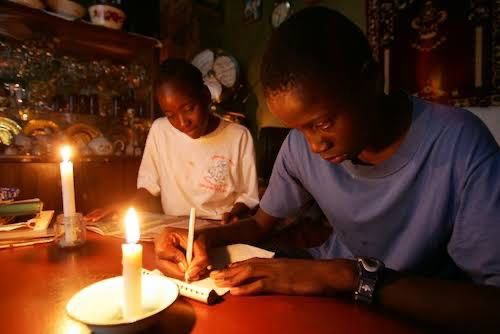The latest International Energy Agency (IEA) report reveals that global population growth is outpacing energy access progress. In 2022, 10 million more people lacked access to electricity compared to 2021. Initial data for 2023 shows a slight decline in the number of people without access, thanks to increased sales of solar home systems in Sub-Saharan Africa. Despite this, 660 million people are projected to remain without electricity by 2030, with 85% of them in Sub-Saharan Africa.
The report, “Tracking SDG7: The Energy Progress Report,” highlights multiple factors contributing to the growing energy access deficit. Disruptions to energy markets from global shocks, including geopolitical instability and economic crises, have hindered progress. Although 53 million new connections were made between 2021 and 2022, the global population grew by 63 million during the same period. As a result, 685.2 million people lacked energy access in 2022, up from 675.1 million in 2021.
“Those still lacking access are becoming harder to reach,” said Guangzhe Chen, Vice President for Infrastructure at the World Bank. “They live in remote areas with lower incomes, often in least-developed countries affected by conflict and instability.” To address this issue, the World Bank and the African Development Bank have committed to providing electricity to 300 million additional people by 2030. Accelerating the deployment of solar mini-grids and solar home systems is key to reversing the negative trend.
Sub-Saharan Africa remains the region with the largest energy access deficit, accounting for 83% of the global shortfall. While significant progress has been made in Central and Southern Asia, where the access gap shrank from 414 million in 2010 to less than 33 million in 2022, the situation in Sub-Saharan Africa has worsened. The number of people without access in the region increased from 566.1 million in 2010 to 571.1 million in 2022.
The urban-rural divide is stark, with eight out of ten people living without electricity residing in rural areas. Rapid urbanization further exacerbates the issue. “Progress in closing the access gap has been more rapid in rural areas than urban ones,” the report notes. However, this gain is mainly driven by improvements in Central and Southern Asia, not Sub-Saharan Africa.
Eighteen of the 20 countries with the largest energy access deficits in 2022 are in Sub-Saharan Africa. Nigeria, the Democratic Republic of Congo, and Ethiopia alone account for almost a third of the global deficit. Concentrated efforts in these countries are essential to achieving universal energy access. This effort must include better data collection and modern analytical tools to support data-driven decision-making.
Achieving universal energy access by 2030 requires significant investment and policy support. The IEA emphasizes the need for a “self-help” ecosystem where consumers’ knowledge and implementation capacities are enhanced. This would enable them to absorb larger flows of capital and technology productively. Strengthening interlinkages with other Sustainable Development Goals (SDGs) is also crucial. Electrifying public institutions can help achieve goals related to hunger, health, education, and clean water.
The IEA report, produced annually by five custodian agencies, including the International Renewable Energy Agency and the World Health Organization, will be presented at the UN High-level Political Forum on Sustainable Development in July.
Source: ESI Africa



